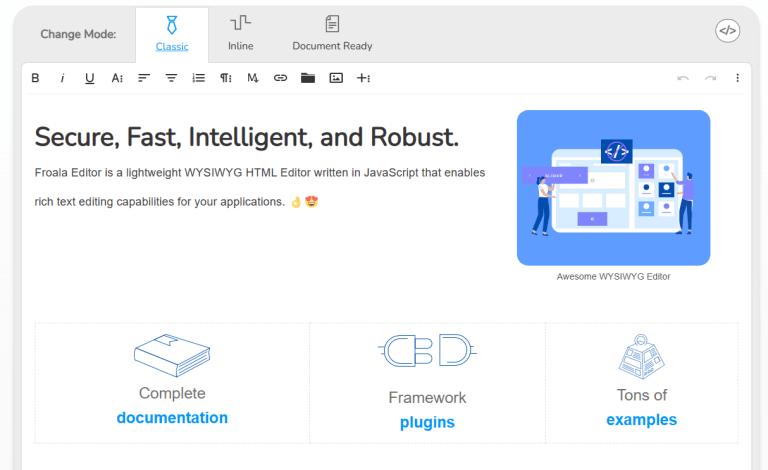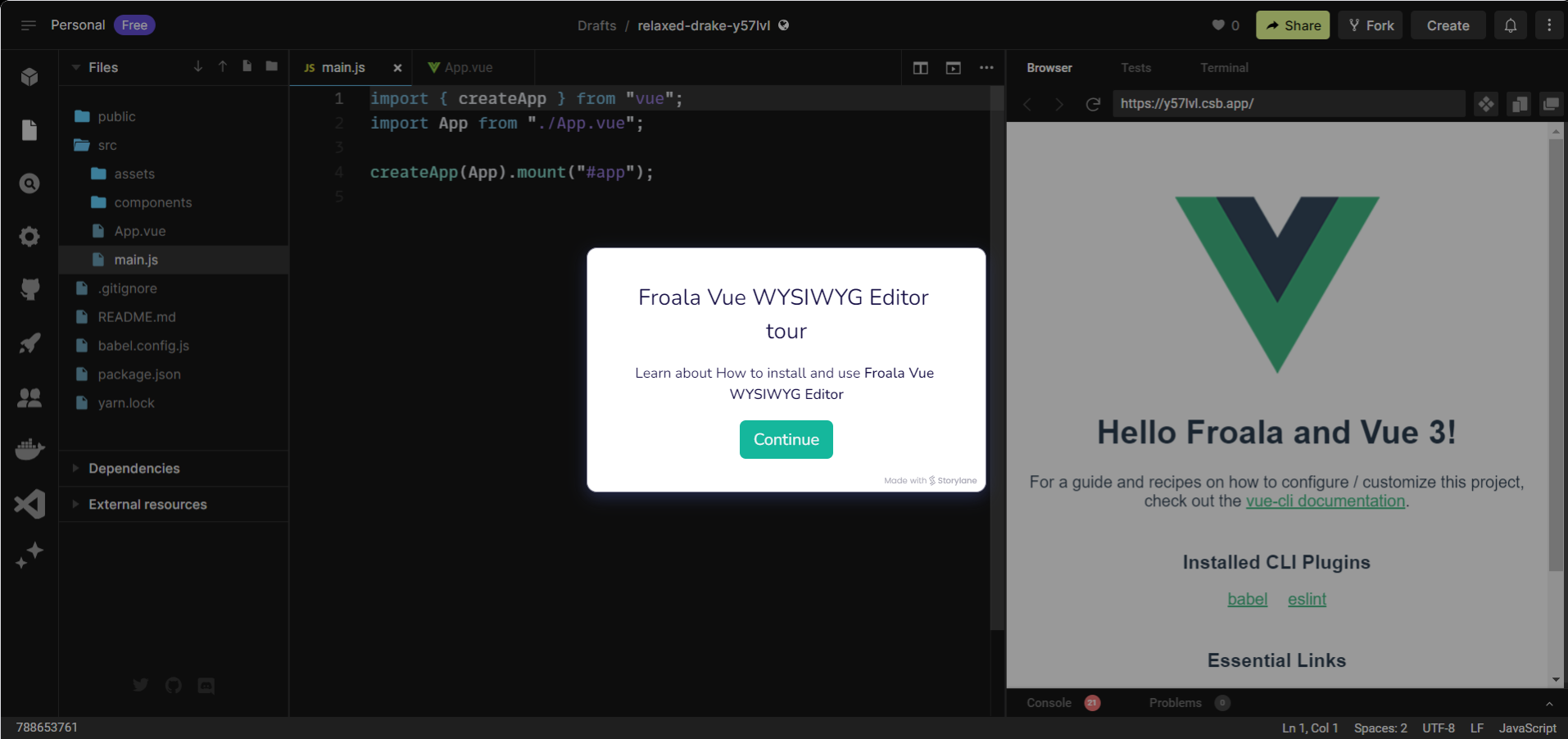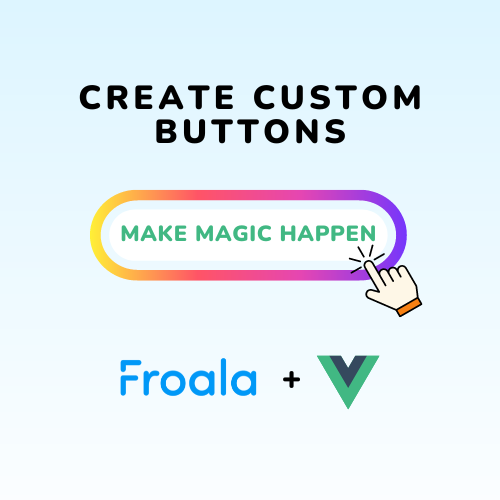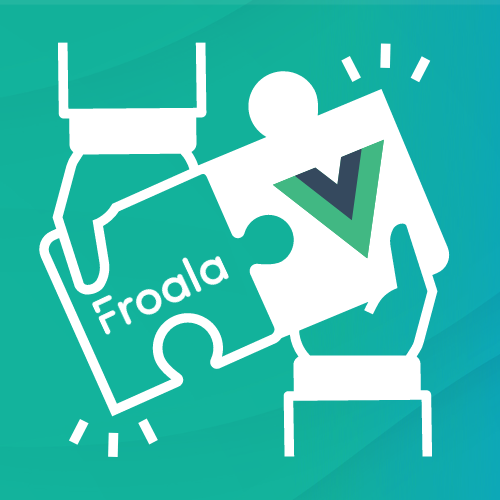
API Options
Plugins
API Events
Github Stars
API Methods
Weekly Downloads
Plugins
Weekly downloads
API Option
API Events
API Methods








Reimagine Vue Editing with the
Vue Rich Text Editor
Add Froala as your
Vue WYSIWYG editor
1
Install from NPM
npm install vue-froala-wysiwyg --save
2
Import the Component and the Stylesheets
import 'froala-editor/css/froala_style.min.css';
import 'froala-editor/css/froala_editor.pkgd.min.css';
import 'froala-editor/js/plugins.pkgd.min.js';
import VueFroala from 'vue-froala-wysiwyg';
...
app.use(VueFroala);
...
3
Use the editor component
<froala
:tag='textarea'
:config={config}
></froala>
Why use Froala as
your
Vue Rich Text Editor?
Thinking about integrating Froala into your Vue app?
Frequently Asked Questions
Froala Vue WYSIWYG editor is a React component that allows you to easily integrate and use the Froala WYSIWYG HTML rich text editor in your Vue applications.
Froala editor is a lightweight and customizable editor that offers many features, such as inline editing, image and video upload, file management, code view, and more. You can use Froala editor to create and edit rich text content for websites, blogs, emails, or other web-based applications.
Furthermore, Integrating Froala in Vue is easy and takes a few lines of code.
Of course! Take advantage of our free trial by downloading the Vue SDK package to test the Froala editor before buying.
The trial is fully featured and for all functional purposes exactly the same as the licensed versions. However, you will notice a Froala attribution watermark and a red ‘unlicensed’ banner that will be present on the editor until the purchase of a Froala license plan.
Fit in Any Kind of Vue Projects
Content Management Systems (CMS)
Transform your CMS experience by integrating the Froala Vue WYSIWYG editor, offering advanced content management and authoring tools that redefine web content creation.
Learning Management Systems (LMS)
Advance your Learning Management Systems (LMS) in Vue with MathType integration, offering precise and professional content creation.
Email Marketing
Systems
Enhance the effectiveness of your email marketing campaigns within Vue applications by using the Froala Vue WYSIWYG editor to generate mail client-friendly content.
Customer Relationship Management (CRM)
Equip your Vue CRM with advanced tools by integrating a state-of-the-art rich-text WYSIWYG editor, offering a comprehensive range of new features to optimize your customer relationship management.
SaaS and
Internal Applications
Elevate the capabilities of your Vue-based software, spanning SaaS applications and internal tools, with a robust editor, enhancing their functionalities.
Document Management System
Reimagine document handling within your Vue applications with features inspired by Microsoft Word and Google Docs, redefining your document management system.
Explore how to use
Froala Vue WYSIWYG Editor

Let Froala power your editing needs
Unlimited users and developers no matter which plan you choose. For any questions, contact us or checkout our Help Center
G2's top WYSIWYG editor for three years in a row












